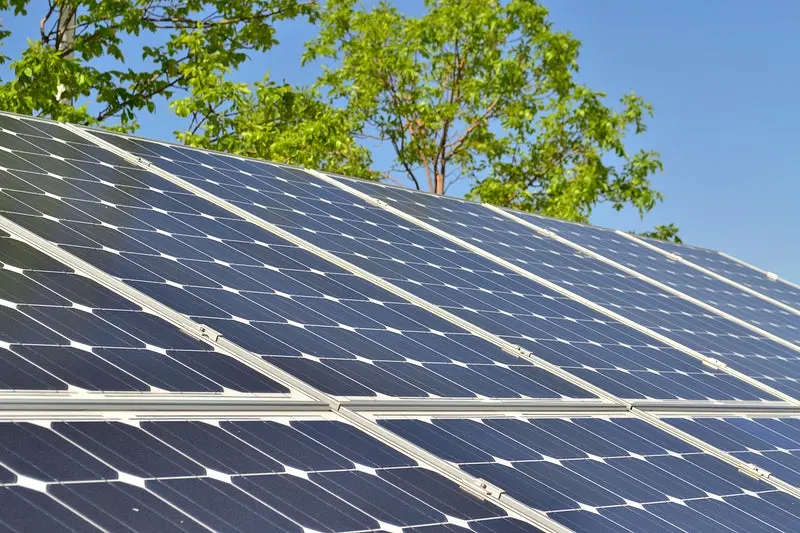How Solar Panels Work: A Comprehensive Guide is a great resource to learn about the different types of solar panels, the costs, and the benefits of using them. It is an excellent resource for anyone interested in learning about solar energy and homeowners curious about how it works.
Table of Contents
Cost
The cost of solar panels has decreased substantially over the last decade. The price per watt has been reduced by 90%. It is due to economies of scale.
Many factors determine the final price of a solar panel system. The most obvious is size. Larger systems require more equipment and labor. Smaller systems require fewer panels.
Other factors include the cost of the solar panel itself, the cost of installation, the amount of sunlight a home gets, and the quality of the equipment. These factors are not included in the average quote.
It can be cost efficient to purchase a small solar system from Thornton CO Solar Provider – Solar By Peak to Peak. However, a large solar array with numerous panels will be more expensive.
Choosing the correct type of solar panels can differentiate between a successful and a failed investment. You want to find the best combination of quality and price.
Efficiency rate
As technology progresses, the efficiency rate of solar panels has improved. For example, the average solar panel now has an efficiency of 22%. In some cases, boards have reached as high as 42%.
Several factors influence the efficiency of a solar panel. The first is the type of silicon that is used in the cells. Higher-grade N-type silicon cells have a better temperature coefficient and lower power degradation over time.
Next is the material strength of the solar cell and its interconnections. If the materials are weak, the current can leak out at the edges of the panel. Also, thermal cycling can lead to damage to the components.
Finally, the orientation of the panel and its overall layout can affect the panel’s efficiency. Larger panels have more surface area to capture more sunlight.
Life expectancy
Numerous factors affect how long a solar by Peak to Peak system will last. These cover the type of panel, its application, setup, and upkeep. However, a silicon solar panel’s typical lifespan is 20 to 25 years.
For a commercial installation, the expected lifetime can reach 40 to 50 years. Similarly, a residential system has a lifespan of about twenty-five to thirty years.
The life expectancy of a solar panel varies with the type of solar panel, its construction, the climate in your region, and other factors. It is essential to follow a maintenance plan to extend the life of your discussion.
The efficiency of a solar panel decreases as it ages. Manufacturers estimate a degradation rate of approximately 0.5% annually. According to this number, a specific forum should continue to produce 80% of its rated output after about twenty years.
Inverters
Inverters in solar panels play an important role in storing and converting the direct current from the panels to alternating current. It is done to prevent fluctuating currents from the discussions. The inverter can also charge a battery directly.
These devices are made from solid-state materials such as transistors. They also contain electrolytic capacitors for storage and release. Using inverters in solar panels can help improve the system’s overall reliability.
Smart inverters allow for the integration of more solar panels. They are smaller in size and operate at lower power levels. As a result, they offer lower heat loads and improved Mean Time Between Failures.
Modern inverters can absorb reactive power, making electricity easier to consume. It is handy for distributed energy resources.
Energy storage
Solar panel battery storage, coupled with battery data intelligence, is one way to increase the efficiency of clean energy produced by solar panels. It can reduce dependence on grid electricity and allow solar system owners to use extra electricity when needed.
Energy storage in solar panels can also improve the grid’s integration of renewable energy resources. Storage helps smooth prices and allows for a more consistent electricity supply.
Solar + storage has the potential to transform the energy landscape. Storage can help solar power contribute to the grid’s supply when the sun is not shining, providing backup power in case of a grid outage.
Storage can provide a safer alternative to small generators. Battery backup prevents electrocution and protects critical facilities. In addition, the stored energy can be drawn upon later.
Visit the rest of the site Updated Ideas for more useful and informative articles. If you want to write for us, just hit the contact button in the top right corner.
Thank you!

